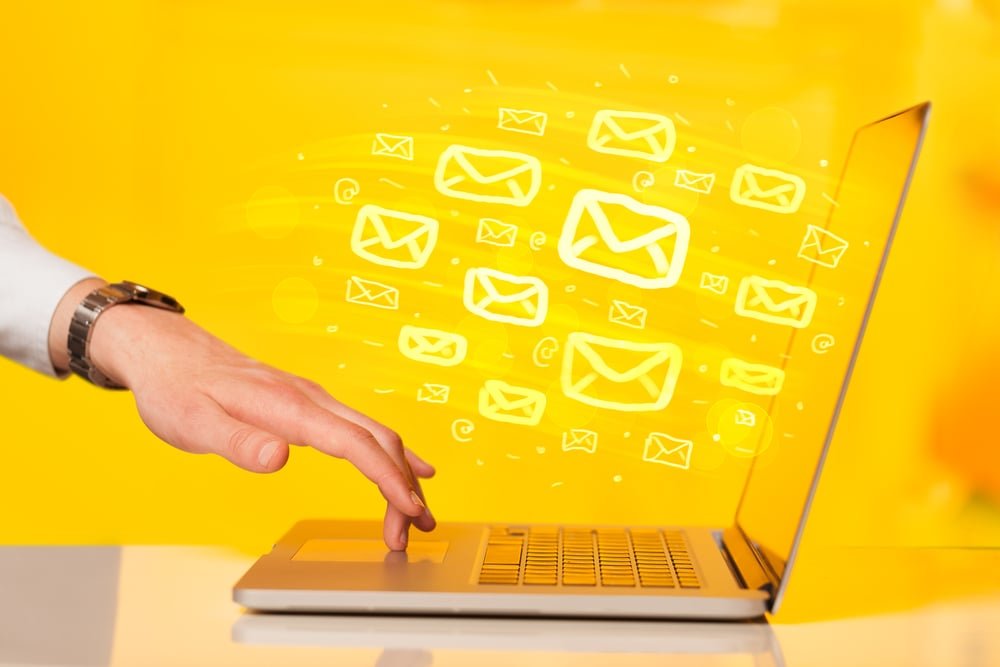How to Add Better Personalization for B2C Email Marketing
Personalized email marketing solutions for modern eCommerce brands
Over the past 10 years or so, personalization has become one of the most important and most-requested fixtures of professional email marketing campaigns. B2C personalization in emails is a highly effective way to engage customers, increase deliverability and drive conversions for eCommerce brands. Let's take a closer look at what B2C personalization in emails is, why it's important, and how to implement it effectively.
What is B2C Personalization in Emails?
B2C personalization in emails refers to the practice of tailoring email content to the individual recipient based on their interests, preferences, behavior, and other demographic information.
Personalization can include using the recipient's name in the subject line or email body, recommended products or services based on their previous purchases or browsing history, or sending targeted content based on their location or other demographic factors.
Using consumer insight tools from Google, Klaviyo, Shopify or your ESP (Email Service Provider) allow you to create a unique email experiences that are tailored to each customer, regardless of where they are in their purchasing journey. There are dozens of email marketing platforms out there for you to try, but here at BlueSwitch, we suggest Klaviyo for email marketing.
Why is B2C personalization important in email campaigns?
B2C personalization in emails is important for a few key reasons, but mainly, personalization is the best way to connect with your customers and give them a better overall shopping experience. In the digital age, where consumers have an overwhelming number of choices, utilizing personalization rules in B2C marketing email campaigns can be the key to success for eCommerce brands.
Increase engagement and open rates
First, personalization can help to increase engagement with your email marketing campaigns, which helps build a good sending reputation with email providers like Gmail, Microsoft and Yahoo. By tailoring your content to the individual recipient, you're more likely to capture their attention and get them to take action.
Build stronger customer relationships
Second, personalization can help to build stronger relationships with your customers. By showing that you understand their needs and interests, you can establish a sense of trust and loyalty that can lead to repeat business and positive word-of-mouth. A personalized backend email experience in both campaigns and automations can play a huge part in retaining customers far beyond their first or second purchase.
Create a personal connection and stand out from the crowd
Finally, Personalization allows businesses to tailor their offerings to each customer's unique needs and preferences. Personalization has proven to be particularly effective in driving revenue since it increases the chances of customers making a purchase.
By presenting customers with products and services that are specifically relevant to them, businesses can create a sense of personal connection and build brand loyalty. Personalization also helps businesses to stand out in a crowded market and differentiate themselves from competitors.
Want more effective email campaigns with better automated workflows? Learn More about our comprehensive email marketing audit:
How to Implement B2C Personalization in Emails
Implementing B2C personalization in emails can be done in a few different ways. Here are some key strategies to consider:
Use segmentation to target specific groups of customers with relevant content. This could include segmenting based on demographics, purchase history, or browsing behavior.
Use dynamic content to personalize the email based on the recipient's interests or behavior. For example, you could include product recommendations based on their previous purchases or browsing history.
Use personalization tokens to include the recipient's name or other personal information in the subject line or email body. This can help to capture their attention and make the email feel more personalized.
Use location-based personalization to offer promotions or events that are relevant to the recipient's location. For example, you could offer a discount on a product that's available at a nearby store.
Use behavioral triggers to send automated emails based on the recipient's actions. For example, you could send a follow-up email to someone who added items to their cart but didn't complete their purchase.
Use predictive analytics about your customers through Klaviyo to create segments based on LTV. Nurture customers into increased LTV with targeted campaigns.
B2C personalization in emails can be a highly effective way to engage customers and drive sales. By tailoring your content to the individual recipient based on their interests, preferences, behavior, and other demographic information, you can increase engagement, build stronger relationships, and improve your ROI on your email marketing campaigns. By using the strategies outlined above, you can implement B2C personalization in your emails and start reaping the benefits for your business.


